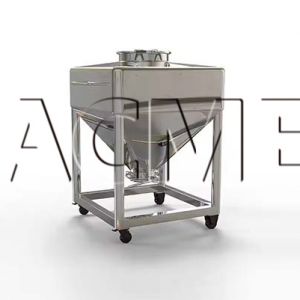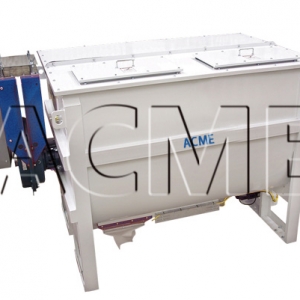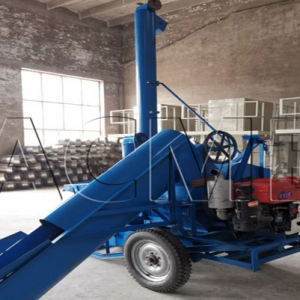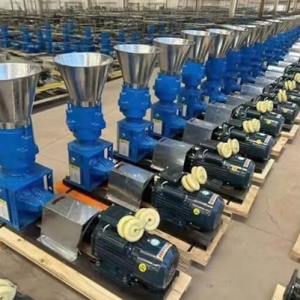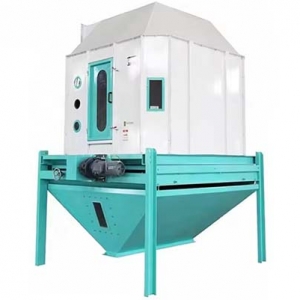In modern poultry farming, feed costs account for 60%-80% of total breeding costs. Scientifically formulated pellet feed not only improves nutrient utilization, but also reduces waste and promotes healthy growth. Flat die pellet machines, as efficient and economical feed processing equipment, are particularly suitable for small and medium-sized farms and family farms. This article, combined with scientific chicken feed formulas, details the working principle, advantages, features, and practical applications of flat die pellet machines, helping farmers achieve efficient feed pellet production.
1. Core Nutritional Requirements of Chicken Feed
Chicken growth, egg production, and health are closely related to the nutritional profile of the feed. Key ingredients include:
Chicken growth, egg production, and health are closely related to the nutritional profile of the feed. Key ingredients include:
Energy Source (60%-70%): Corn, wheat, sorghum, and other grains provide metabolizable energy (2,800-3,200 kcal/kg).
Protein (15%-22%): Soybean meal, fish meal, peanut cake, etc., to ensure muscle growth and egg quality.
Minerals and Vitamins (3%-5%): Calcium, phosphorus, iron, and vitamins A, D, and E, which affect bone development and immunity.
2 Working Principle
The flat die pellet machine uses high-pressure extrusion to compress feed ingredients into pellets. The main process is as follows:
The flat die pellet machine uses high-pressure extrusion to compress feed ingredients into pellets. The main process is as follows:
Feeding: Crushed feed ingredients (such as corn flour, soybean meal, etc.) enter the hopper.
Extrusion: Rotating rollers force the material into the die holes of the flat die, where it is formed into pellets under high temperature (50-70°C) and high pressure.
Cutting and Cooling: The extruded pellets are cut into long strips by blades, and their hardness increases after cooling.
How to produce high-quality chicken feed using a flat die pellet machine?
1. Raw Material PretreatmentGrinding: Corn, soybean meal, and other ingredients should be ground to 1-3mm to ensure uniform mixing.
Moisture Control: The optimal moisture content is 12%-18%. A moisture content too high can easily clog the die holes, while a moisture content too low can affect forming.
2. Pellet Production Process
Mixing Raw Materials: Mix thoroughly according to the formula (e.g., 51% corn + 11% soybean meal + 11% fish meal).
Mixing Raw Materials: Mix thoroughly according to the formula (e.g., 51% corn + 11% soybean meal + 11% fish meal).
Feeding the Pellet Machine: Feed evenly to prevent clogging.
Temperature and Pressure Adjustment: A temperature of 50-60°C activates natural binders (such as lignin) and increases pellet hardness.
Cooling and Packaging: Freshly produced pellets are soft, but they become harder after cooling, making them easier to store.
Flat die pellet machines, with their simple structure, adaptability, and low cost, are an ideal choice for chicken feed pellet production. Through a scientific formula and efficient pelleting, farmers can not only reduce feed costs but also improve flock health and production performance. In the future, as technology advances, flat die pellet machines will continue to be optimized in terms of intelligence and energy conservation, providing even more efficient solutions for the farming industry.


